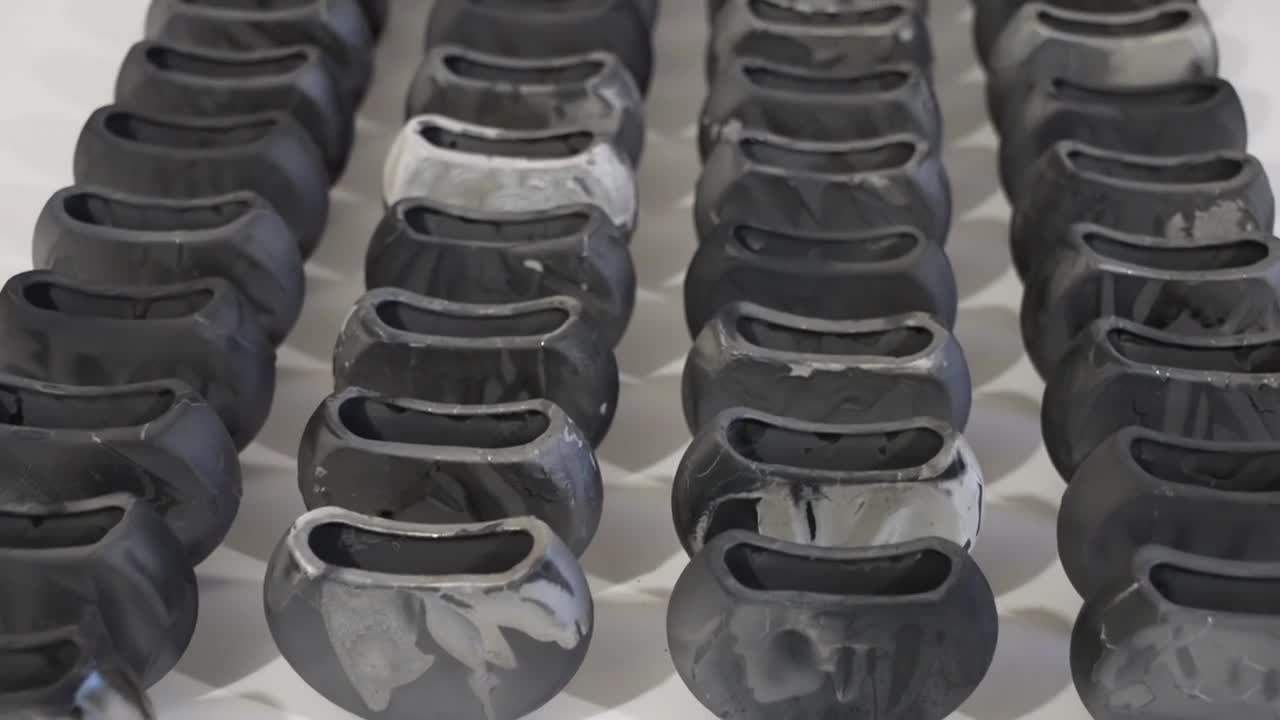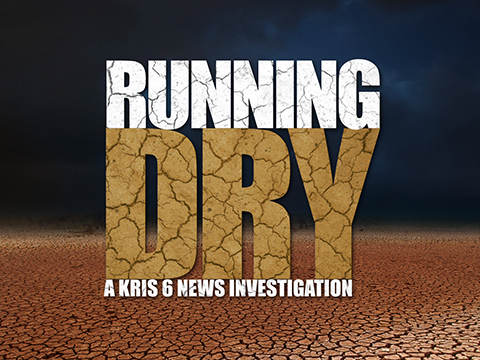In a quiet ceramics studio on the campus of Texas A&M University–Corpus Christi, a powerful blend of art, memory, and military history is taking shape.
Ian Manseau, a 14-year U.S. Air Force veteran and Master of Fine Arts candidate, is transforming burned military uniforms into striking ceramic vases as part of his ongoing art series, “Residue.” The pieces, which at first glance resemble abstract sculptural vessels, carry soot, carbon and symbolic weight tied to the health dangers veterans face from burn pit exposure.
Manseau served in Afghanistan, where burn pits — massive open-air sites used to dispose of waste, chemicals, plastics, and fuel — operated only yards away from military personnel. Millions of veterans were exposed to toxic smoke from these pits, which has been linked to cancer, respiratory disease, infertility, and a range of long-term medical complications.
His artwork aims to make those invisible injuries visible.
“The long-term goal is to get these pieces to 3,500 for larger galleries to represent the 3.5 million veterans with burn pit exposure,” Manseau said.
To create each vase, Manseau places donated military uniforms inside a kiln heated to nearly 1,900 degrees. As the fabric burns, the smoke and carbon embed permanently into the ceramic surface, leaving behind a darkened, textured pattern that symbolizes the lingering effects of exposure.
“When the uniforms are added to the kiln, they don’t burn cleanly,” Manseau explained. “They smolder, and the black smoke from the carbon is what bonds to the ceramic vases.”
The process continues even after firing. Once the uniforms have fully degraded, Manseau grinds the remaining charcoal into a fine powder. He then uses that pigment to screen-print medical scans — including bone cancer, brain cancer, breast cancer, and even embryonic scans representing fertility loss — all conditions veterans have faced following burn pit exposure.
“What they are is a reality check,” Manseau added.
Manseau’s dedication to honoring and advocating for veterans has earned national attention. He recently won first place in the Parsons Prize for Military-Affiliated Artists for another piece created from military uniforms, titled “Formation (Failed).” His “Residue” vases will be featured in an upcoming exhibit at the Parsons School of Design in New York next month.
Locally, Manseau is partnering with Burn Pits 360, a veterans advocacy organization based in Robstown that has fought for national burn pit legislation and veteran support. He hopes his pieces will continue to spark conversation and awareness in communities across the country.
“My work is about the service members themselves,” he said. “It’s about what’s happened with burn pit exposure and the fallout we’re all dealing with.”
Manseau will present the full collection during his MFA thesis exhibition at TAMU-CC next spring.
For more information on Manseau’s project and how to support his work, visit projectresidue.art.
For the latest local news updates, click here, or download the KRIS 6 News App.
Catch all the KRIS 6 News stories and more on our YouTube page. Subscribe today!





